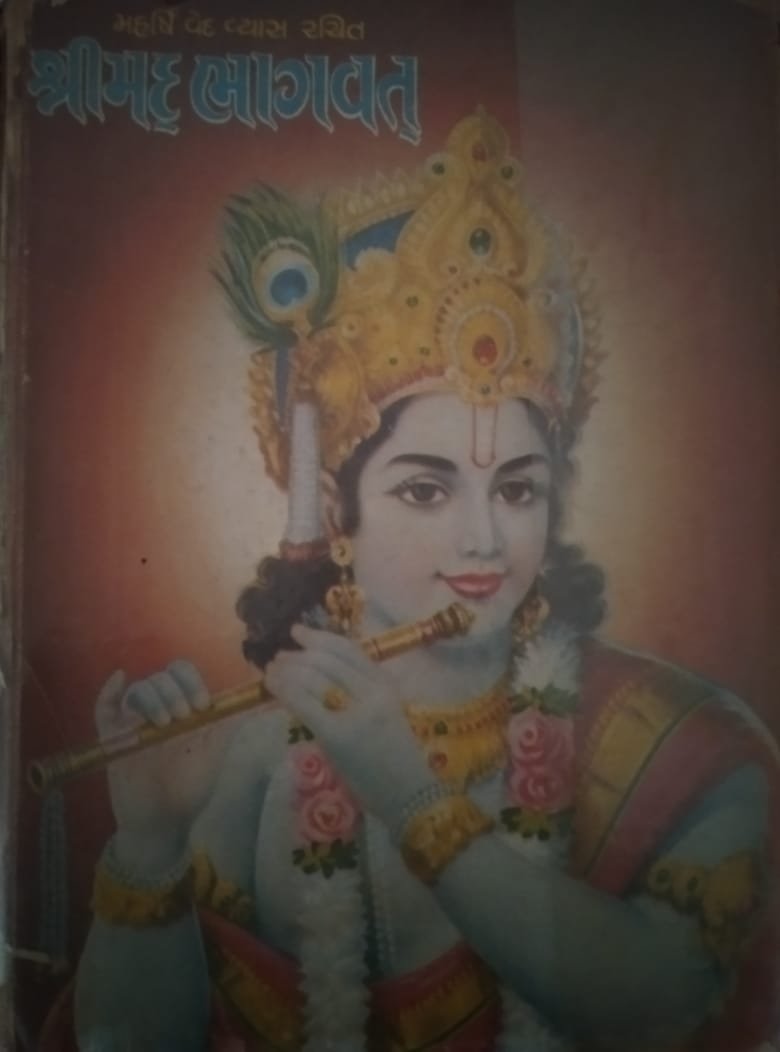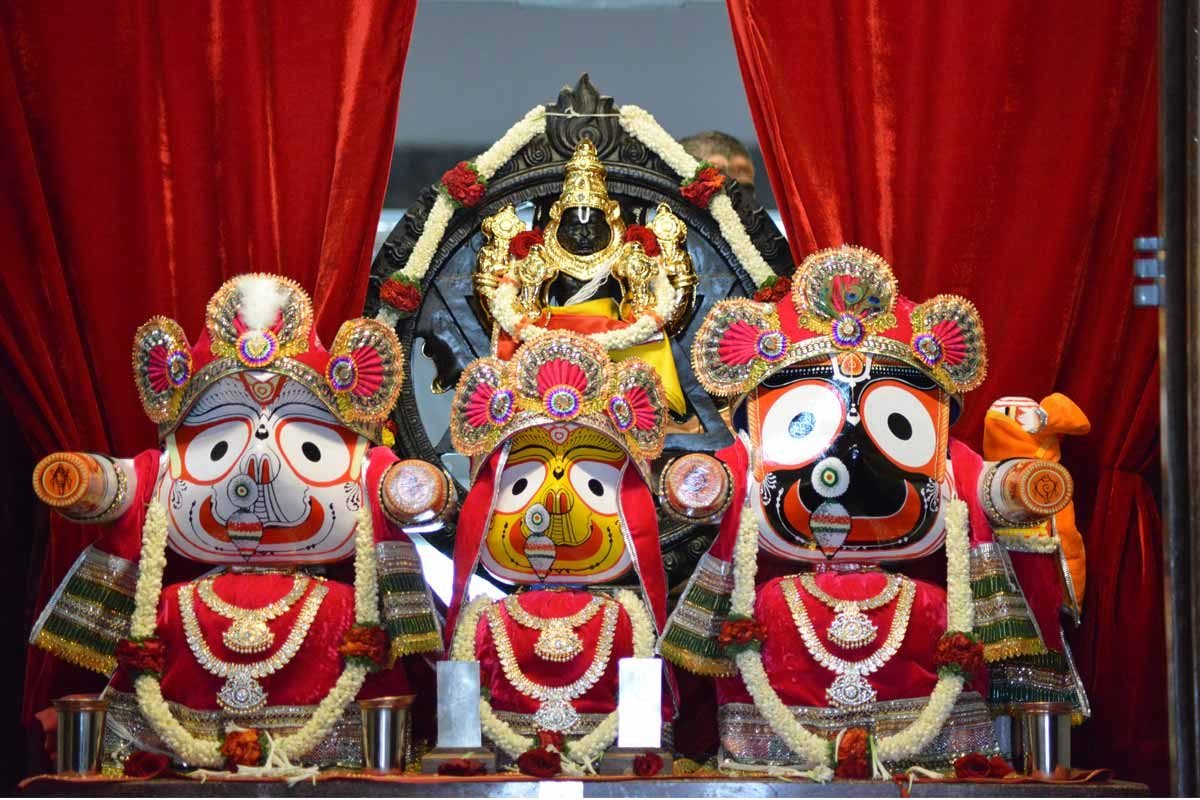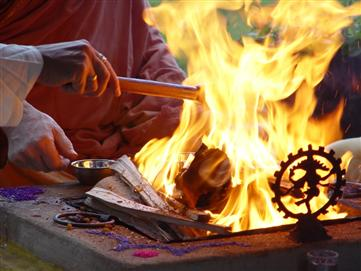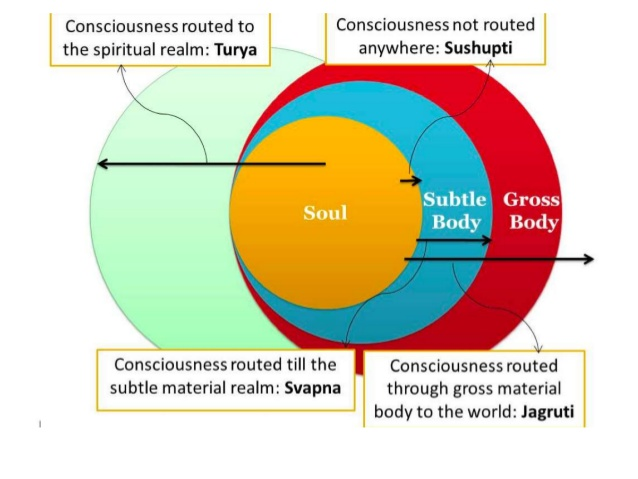
Why idol worship of gods came into existence?
Its said in Shreemad Bhagvat Purana that in the beginning of Treta yuga saints ,sages introduced deity worship in the form of idols when they saw people are doing Disdain (Tiraskar ) , Malice and disrespecting each other. 1/3
Its said in Shreemad Bhagvat Purana that in the beginning of Treta yuga saints ,sages introduced deity worship in the form of idols when they saw people are doing Disdain (Tiraskar ) , Malice and disrespecting each other. 1/3
दृष्ट्वा तेषांमिथो नृणामवज्ञानात्मतां नृप |
त्रेतादिषु हरेरर्चा क्रियायै कविभि: कृता ||३९||
My dear King, when great sages and saintly persons saw mutually disrespectful dealings at the beginning of Tretā-yuga, Deity worship in the temple was introduced with all paraphernalia.
त्रेतादिषु हरेरर्चा क्रियायै कविभि: कृता ||३९||
My dear King, when great sages and saintly persons saw mutually disrespectful dealings at the beginning of Tretā-yuga, Deity worship in the temple was introduced with all paraphernalia.
So what are the other ways we can worship our Bhagwaan?
Shree Krishna has explained this in Gita in a beautiful and clear manner. Which we will explore later in the day.
Wish you a good day and Jay Shree Krishna 🙌
Shree Krishna has explained this in Gita in a beautiful and clear manner. Which we will explore later in the day.
Wish you a good day and Jay Shree Krishna 🙌
• • •
Missing some Tweet in this thread? You can try to
force a refresh













